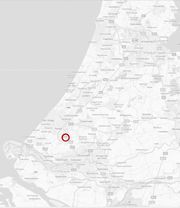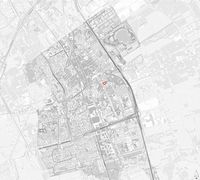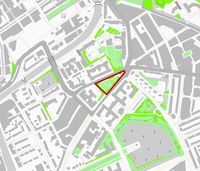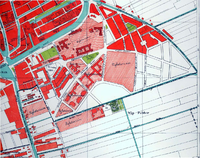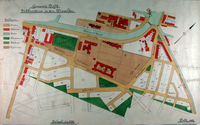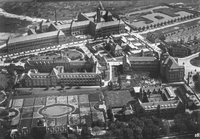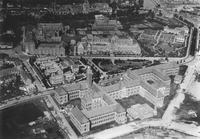atom06:Project site
| Line 4: | Line 4: | ||
<div style="float:left; border:none; width:260px; margin-right: 10px;" > | <div style="float:left; border:none; width:260px; margin-right: 10px;" > | ||
| − | [[Image:Site location 1.jpg|frameless| | + | [[Image:Site location 1.jpg|frameless|height:200px]] |
</div> | </div> | ||
Revision as of 13:59, 24 September 2011
The location is het de Vries van Heystplantsoen in Delft.
Below is the site location explained in a few location maps
A map from 1915, showing the area (notice there are no botanical gardens or the building of architecture yet) the areas for extending Delft are marked
a map from 1915, showing the proposed extensions filled in, including what is now the faculty of Architecture
an image from 1925, taken from the river de Schie, from behind the current Science Center and the English gardens of the Botanical gardens
an image from 1926, taken from behind the current faculty of Architecture, showing the current Science center and the Botanical gardens
Before going to the site to explore it, we tried to come up with what (site) aspects we wanted to look at, and how we were planning on doing that. The site is currently a park
The challenges
"In our own design work – the ‘context’ is a main centre of effort. It is not exactly a question of ‘fitting- in’, but of re-materialising, re-focusing – the words are difficult. The context may demand a totally invisible building or no building, a ‘countergeometry’ or a ‘continuation geometry’. In a way like decorating, re-arranging and ‘preparing’ a room, for a real homemaker, a real restaurateur or inn-keeper it is more than a question of taste: it is an act of both continuity and re-generation." Peter Smithson
To allow two systems to interact actively, in a sort of continuous exchange of information, knowledge and feelings in order to reactivate the potential network of the city.
The Problems:
- no relation between site and context
- no attractive elements
- a lot of traffic around
The Opportunities:
- becoming a bridge between city and TU/TNO
- new place to show scientific results
- becoming a new meeting point
- to extend the botanical gardens
- becoming a new landmark for the north entrance of the TU
The How: creating a public platform, a topological surface continuously molded, bent and deformed by the actions of the elements that compose the surface.
In this space there's no distinction between object and context but are privileged interconnections.
